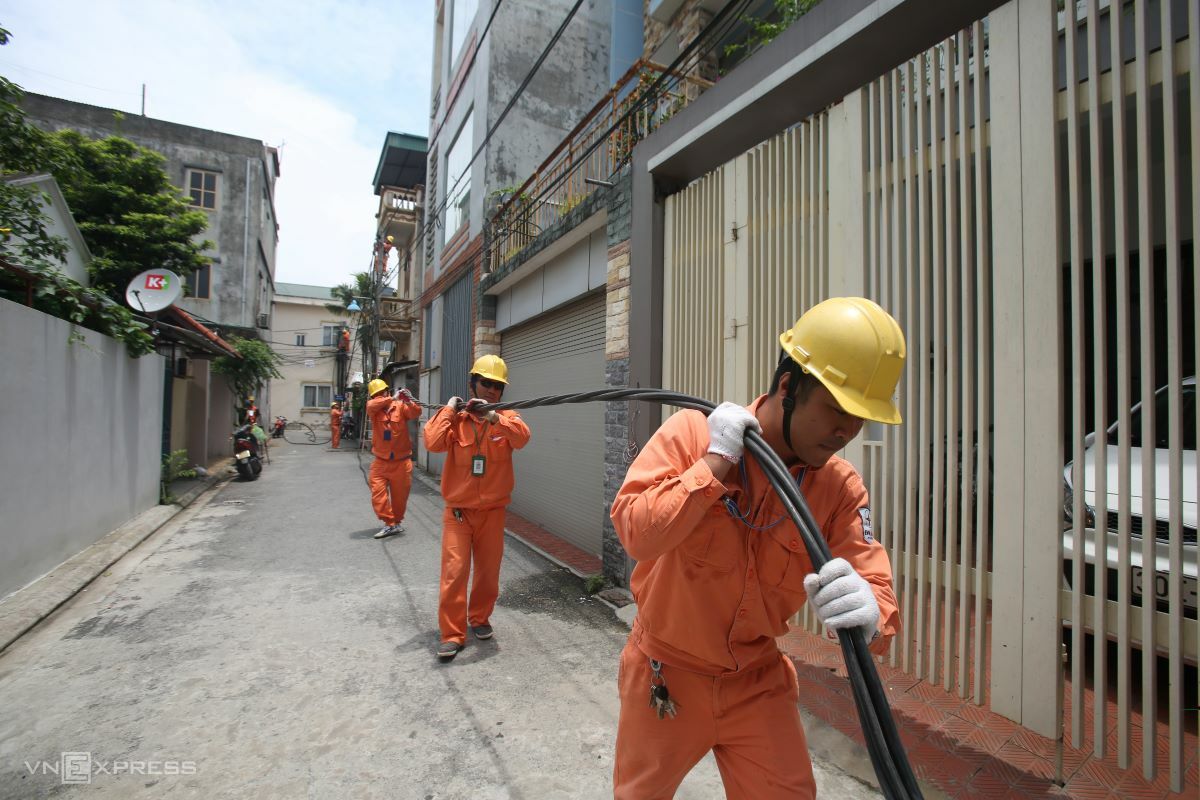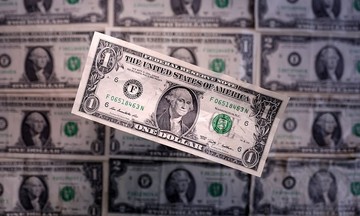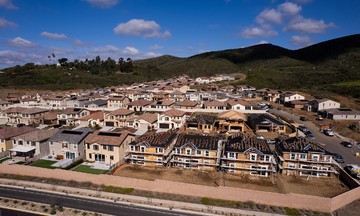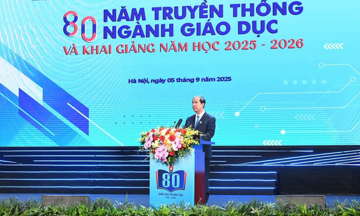The Ministry of Industry and Trade has proposed amending Decree 72, allowing Electricity of Vietnam (EVN) to calculate and incorporate unrecovered production and supply costs from 2022 onwards into electricity prices. This amount corresponds to a loss of approximately 44.792 trillion Vietnamese dong (about $1.9 billion USD) by the end of last year.
Many experts and ministries believe EVN needs to clarify the reasons for this loss, be transparent about the costs involved, and outline the adjustment process if the loss is factored into the electricity price structure.
In a report on 9/9, EVN attributed the nearly $1.9 billion accumulated loss by the end of 2024 to two main factors. First, certain costs were not included, or not fully included, in previous electricity price adjustments.
In 2022, the average commercial electricity price (covering generation, transmission, distribution, and retail) was 1,882.73 dong per kWh, while the production cost reached 2,032.26 dong. This resulted in a selling price approximately 149.53 dong lower than the cost per kWh. Meanwhile, the retail electricity price for consumers remained unchanged since 3/2019 to maintain macroeconomic stability.
In 2023, the retail electricity price was adjusted twice with a total increase of 7.5%, but it remained lower than the calculated average electricity price. During this period, EVN lost approximately 135.33 dong per kWh sold.
Electricity production costs increased as fuel costs rose. Specifically, mixed coal prices increased by 35-46%, imported coal prices rose by 1.7-3.6 times, and crude oil prices increased by 1.4-1.7 times due to the Russia-Ukraine conflict. The exchange rate also increased by 1.9%, driving up the import costs of electricity, coal, and gas.
 |
Hanoi Power Company workers repair power lines. Photo: Ngoc Thanh |
Furthermore, unfavorable hydrological conditions due to El Nino reduced the proportion of hydropower—a typically inexpensive source—from 38% to 30.5%. To meet the electricity demand for production and daily life, EVN had to increase the use of higher-priced sources dependent on fluctuating fuel costs, such as coal-fired thermal power and more expensive diesel oil, increasing their share from 35.5% to 43.8%, and gas-fired power from 10% to 11%.
According to EVN, "When input fuel prices fluctuate, power generation costs—which account for 83% of production costs—skyrocket." This drives up production costs while output prices are not adjusted in a timely manner.
The second factor contributing to the loss is the cost of supporting customers during the Covid-19 pandemic and providing electricity to remote, border, and island areas. According to EVN, between 2020 and 2021, they reduced electricity prices and provided direct support to customers affected by the Covid-19 pandemic (including production enterprises, business establishments, and tourism accommodations) five times, totaling approximately 15.233 trillion dong.
In addition, the corporation also fulfills its political mission of providing electricity to remote, border, and island areas. Electricity production costs in these areas are often much higher than the national average retail electricity price.
For instance, on islands like Phu Quy, Con Dao, and Bach Long Vi, the production cost ranges from 7,000 to 12,000 dong per kWh, while the average selling price is around 2,000 dong. Electricity sales revenue in these areas is negative due to the large difference between production costs and selling prices. In 2022, this difference in island districts and communes was 387 billion dong, increasing to 428 billion dong in 2023.
EVN stated that in these two years, revenue from electricity production and business activities was around 10,000-12,000 billion dong, which partially offset the cost pressure. However, after deducting this offset, they still had about 44 trillion dong in costs that were not included or not fully included in electricity price adjustments.
According to an EVN representative, this substantial accumulated loss affects the preservation and development of state capital in the enterprise and hinders loan acquisition for large, urgent power source projects in the coming period, such as the Ninh Thuan 1 and 2 nuclear power plants, the Quang Trach 2 and 3 LNG plants, and the expansion of existing hydropower plants.
Experts and ministries agree that a compensation mechanism for EVN to mobilize resources for production, business, and investment is appropriate. However, many are concerned about the impact of electricity price increases on consumers, businesses, and the economy.
In its explanatory report, the Ministry of Industry and Trade stated that electricity price management will be based on EVN's assessment of the impact on users and inflation. The operator will determine the appropriate allocation of costs and losses to the price. After all costs are allocated, electricity prices will be implemented according to the current mechanism.
The Ministry also noted that due to favorable hydrological conditions in the first seven months of the year, EVN's business results were better than expected. Therefore, if the regulation allowing the inclusion of losses in the price is implemented, the year-end electricity price level will likely remain unchanged or increase by only 2-5%. If the price is adjusted by 3% from October, the annual CPI will only increase by about 0.03 percentage points.
The Ministry affirmed that electricity price adjustments will be implemented gradually to ensure socio-economic stability and balance the interests of businesses and consumers.
Phuong Dung












